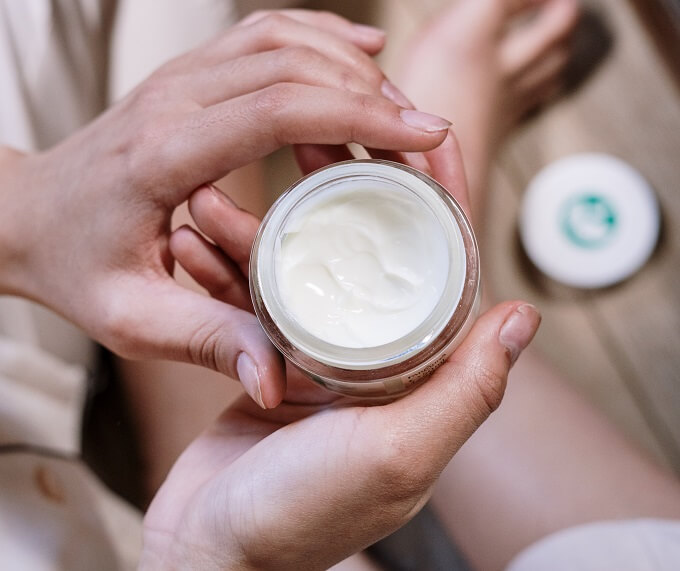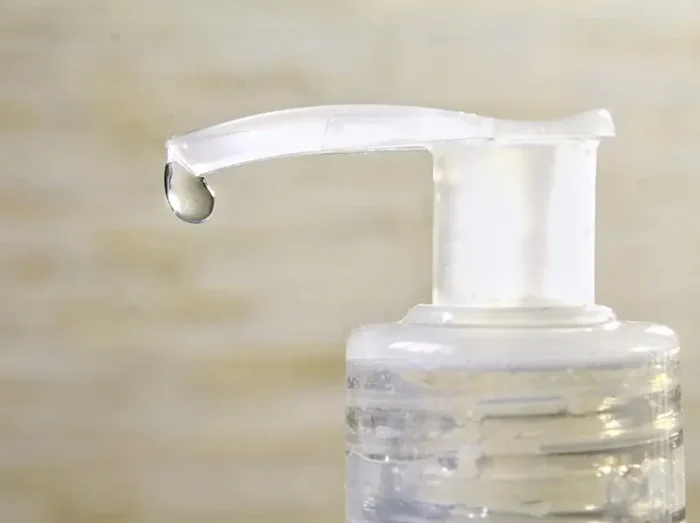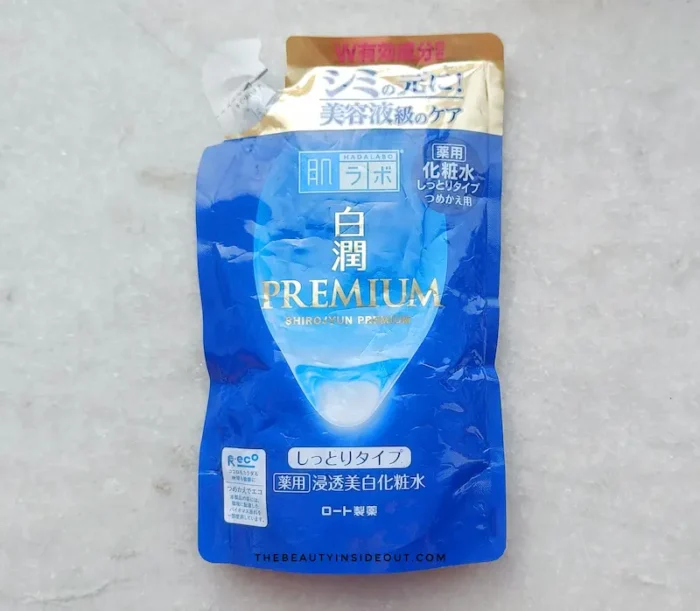Moisturizer is not only for those who struggle with dry skin or living in areas with cold temperatures. A versatile product, anyone can benefit from adding a moisturizer cream or lotion to their skincare routine all year long. A good moisturizer will elevate your beauty regimen and give you the smooth skin that you desire.
However, applying moisturizer to your face is not exactly as simple as it might seem. Even if you bought some of the best organic skin care products on the market, you need to learn the proper moisturizing techniques. After all, you won’t benefit from your moisturizer if you don’t know how to use it properly.
These tips will show you how to improve your moisturizing routine so that your skin can glow:
1. Choose the right moisturizer for your skin type
Moisturizers generally contain two types of ingredients: humectants, which help attract moisture, and occlusives, which help seal that moisture inside your skin. Some moisturizers also contain emollients, which make them easier to apply.
For best results, you should choose a moisturizer formulated for your skin type, whether your skin is normal, dry, oily, or sensitive. The thicker a moisturizer is, the more moisture it should be able to bring to dry skin.
2. Use moisturizer two times each day
Ideally, applying moisturizer should be a part of your skincare routine two times each day. You should first apply it in the morning, right after cleansing your face. This allows you to start your day with plump and glowing skin, keeping it hydrated during the day. Using a moisturizer in the morning is even more important if the weather is cold or dry.
You should also apply moisturizer after cleansing your face in the evening before you go to bed. Your skin repairs and regenerates itself at night while you sleep, and you can help with a hydration boost.
3. Always apply moisturizer on a clean damp face
To improve your moisturizing routine, you should always apply your moisturizer on a clean, damp face. Start by cleansing your face and exfoliate it if it’s a part of your routine. Then, instead of drying your face, leave it damp, and apply your moisturizer. This will make it easier for your skin to absorb the product and some moisture from the water.
4. Don’t use too much of the product
The more moisturizer you apply, the more effective it will be, right? Wrong. Using too much of the product might end up clogging your pores, making your skin oilier. Plus, any product you apply on top of your moisturizer will not get adequately absorbed by your skin.
The right amount of moisturizer you should apply should be written on the package, as it can vary from one type of moisturizer to the other. Generally speaking, you should use an almond-sized quantity of product. However, if your moisturizer is a thick cream, you should use less of it.
5. Apply it with a clean finger
Use a clean finger to apply small amounts of moisturizer on your cheeks, nose, forehead, and chin. Then, spread the product all over your face with gentle, circular motions. Keep going until the moisturizer has been completely absorbed by your skin. Then, if there is another step in your skincare routine, wait at least 30 seconds before applying the next product on your list.
6. Don’t forget to moisturize your neck
Don’t forget to cleanse and moisturize your neck, as this area is often neglected. Spread the product on your neck in a gentle upward motion to help plump your skin instead of dragging it down.
When moisturizing, be gentle on your skin. Don’t scratch your face if it gets itchy. Pat it dry when you are washing it instead of rubbing it with a washcloth. Avoid harsh soaps and choose gentle skincare products.
7. Take good care of your skin
Improving your moisturizing routine is only the start. To make the most of your moisturizer, you should also take good care of your skin day after day to avoid drying it. For example, avoid long showers. Long showers and long baths can strip away your skin’s natural oils and cause it to lose precious moisture. For the same reason, you should prefer lukewarm water to hot water.
Also, use a humidifier during the winter. Our skin gets drier during the winter. If you often have to deal with itchy and flaky skin when it’s cold outside, you should consider using a humidifier in your home.
Finally, use fragrance-free laundry detergent. Laundry detergent and fabric softener can irritate your skin, making it itchy. Avoid fabric softener as much as possible, and choose gentle, fragrance-free detergent. You should also consider getting rid of any piece of clothing that makes your skin itchy.



